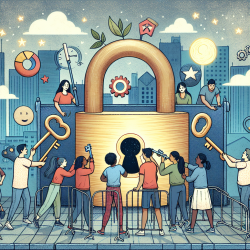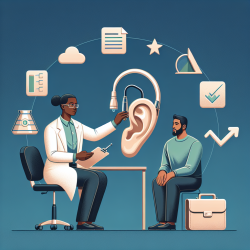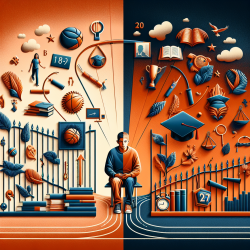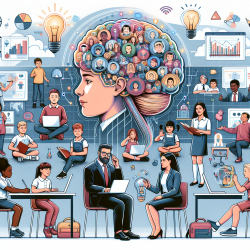Introduction
As a practitioner working with adolescents, you may often encounter students struggling with sleep issues. A recent study titled ‘Our mind could be our biggest challenge’: A qualitative analysis of urban adolescents’ sleep experiences and opportunities for mind-body integrative health approaches to improve sleep offers valuable insights into how mind-body integrative health (MBIH) techniques can be utilized to improve sleep among urban adolescents. This blog will explore how you can implement these findings to enhance your practice and encourage further research in this area.
Understanding the Sleep Struggles of Urban Adolescents
Urban adolescents face numerous barriers to achieving quality sleep, including social, physical, and internal factors. The study highlights that electronic device usage, environmental noise, and internal stress are significant contributors to sleep disruption. Despite awareness of sleep hygiene, adolescents often find it challenging to implement effective strategies to improve their sleep.
The Promise of Mind-Body Integrative Health (MBIH) Techniques
MBIH techniques such as mindfulness, acupressure, and self-hypnosis have shown promise in reducing stress and improving sleep in adults. The study reveals that adolescents are open to engaging with these techniques, particularly when they are accessible and easy to integrate into daily routines. Participants expressed interest in audio-guided practices and were intrigued by techniques like tapping, which were less familiar to them.
Implementing MBIH Techniques in Practice
As a practitioner, you can incorporate MBIH techniques into your sessions with adolescents by:
- Introducing mindfulness exercises that focus on breathing and body awareness to help reduce stress and promote relaxation.
- Demonstrating simple acupressure techniques that adolescents can use to alleviate headaches or anxiety.
- Providing resources for audio-guided self-hypnosis sessions that adolescents can access at home.
These techniques can be tailored to individual preferences, making them adaptable to each adolescent's unique needs and comfort levels.
Encouraging Further Research and Adaptation
While the study provides a foundation for incorporating MBIH techniques into adolescent sleep interventions, further research is needed to refine these approaches. Practitioners are encouraged to explore the effectiveness of different techniques and delivery methods, such as group versus individual sessions or in-person versus virtual formats.
By actively engaging with adolescents and gathering feedback on their experiences, practitioners can contribute to the development of more effective, tailored interventions that address the specific sleep challenges faced by urban youth.
Conclusion
Incorporating mind-body integrative health techniques into your practice offers a promising avenue for improving sleep among urban adolescents. By understanding their unique challenges and preferences, you can develop interventions that not only address sleep issues but also promote overall well-being. To delve deeper into the research, consider reading the original study: ‘Our mind could be our biggest challenge’: A qualitative analysis of urban adolescents’ sleep experiences and opportunities for mind-body integrative health approaches to improve sleep.










